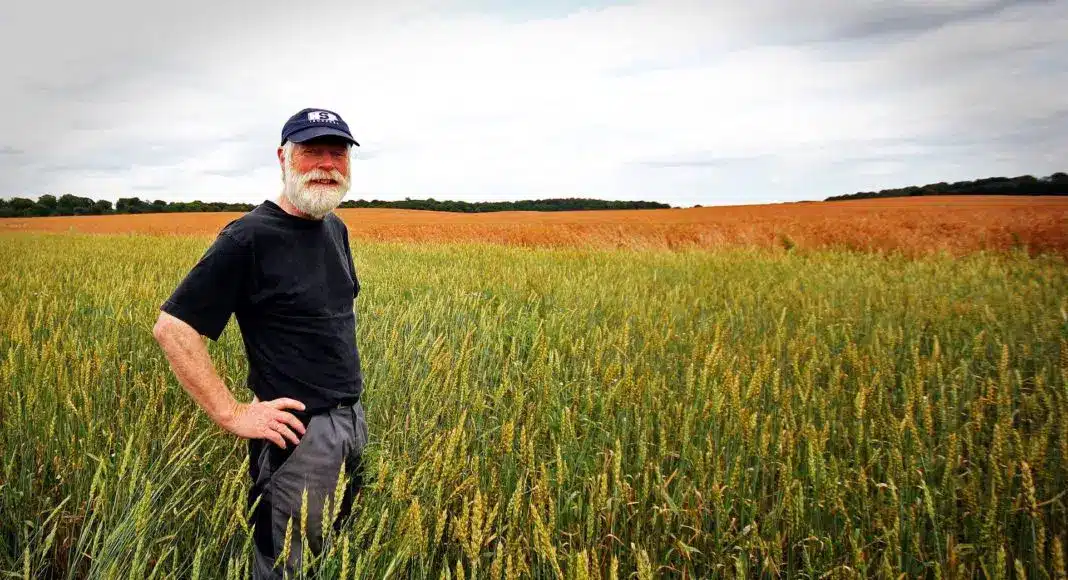The Canadian agriculture industry is in a good position to weather inflationary pressures and higher interest rates, said J.P. Gervais, Farm Credit Canada’s (FCC) chief economist in a July 13 news release.
“We are in a unique position where record farm revenues are helping to offset the impact of a sharp increase in input costs and rising interest rates,” Gervais said. “The key for producers is to pay close attention to projected income and expenses to avoid any cash flow challenges that could put pressure on operations.”
“The ability to service debt is arguably the most critical financial risk indicator for a farm operation.”
FCC’s most recent projections suggest farm cash receipts could climb 15.9 per cent to $96 billion in 2022, driven by robust commodity prices and prospects of much stronger crop yields than last year, the release said. This would surpass the 2021 record high, which was itself an increase of 14.9 per cent over 2020.
“Even if our projections were more modest, the Canadian agriculture industry certainly seems financially healthy and in a good position to weather inflationary pressure and higher interest rates,” Gervais said.
Operations will need to adjust to farming under higher interest rates, the release noted. The Bank of Canada increased its overnight rate by 2.25 per cent in the span of five months and further incremental increases are expected within the year.
Also inflationary pressures on farm inputs are widespread. Fertilizer prices saw a year-over-year increase of at least 50 per cent, and even more than doubled in some cases. Feed prices climbed more than 40 per cent year-over-year and farm fuel has increased by more than 35 per cent. Inflationary pressures on farm inputs have dampened the outlook and contributed to an overall increase in farm debt, which rose by 7.1 per cent to $129 billion at the end of 2021, the release said.
Gervais recommended producers test various scenarios regarding commodity and farm input prices, yields and interest rates to better understand their financial risk exposure. They can then identify different strategies to mitigate those risks if they find themselves in situations that exceed their risk tolerance.
Related Articles:
To Succeed in the Post-Pandemic World, Canada Needs to do the Following










